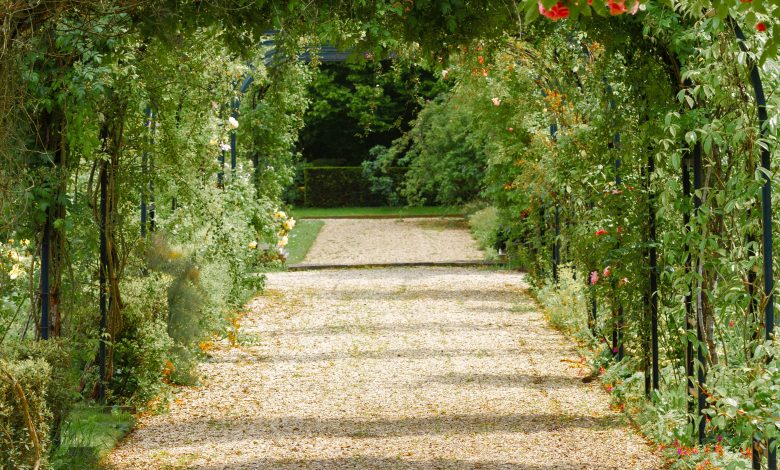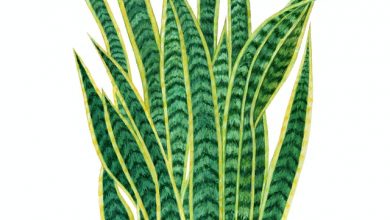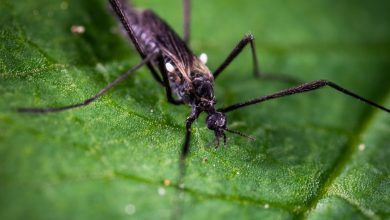Getting pH Right is Essential in Gardening

The right pH level is essential to growing a healthy, fruitful garden. pH affects what organisms and elements are able to be pulled from the soil, and it influences the nutrient intake of a plant. If your garden’s levels are off, your plants are not necessarily going to perish, but it won’t perform to its best ability. Colors of flowers may be different or yields may be smaller if soil levels are more acidic or alkaline than a plant prefers. So it’s important to keep an eye out for your soil.
Soil acidity, or soil pH, is the measure of hydrogen ions within the soil. The lower the concentration of hydrogen, the greater the acidity the soil has. Different plants prefer to live in either more alkaline or more acidic environments. Soil pH is measured on a zero to 14 scale, seven being neutral.
Before diving into the functions of pH levels in gardens, here is a fun tidbit of information: Although acidic soil has often been blamed for changing the colors of hydrangea flowers, this is not true. The culprit is actually the aluminum in the soil. This element mixes with acidic conditions in soil and changes form. This new element is absorbed through the hydrangea’s roots and turns the bloom blue. In alkaline soil, aluminum remains in its original form. In this environment, hydrangeas are pink.
Plant Varieties
| pH Starting Range | Vegetables/fruits | Other plants |
| 4.5 | Potato, eggplant, endive, rhubarb, shallot, sorrel, sweet potato, watermelon, blueberry | Azaleas, laurel, rhododendron, lily of the valley, chicory |
| 5.0 | Apple, blackberry, crabapple, cranberry, Brussels sprouts, corn, chive, carrot | Birch tree, balsam, oak tree, pine tree, |
| 5.5 | Raspberry, cucumber, garlic, sweet peppers, tomato, kohlrabi, mustard, parsley, pears, peaches, turnip | Black-eyed Susan, sunflower, fuchsia, viola |
| 6.0 – 7.0 | Kale, lettuce, sweet peas, radish, spinach, squash, artichoke, arugula, beet, bok choy, Chinese cabbage, okra, onion | Aster, baby’s breath, peony, date palms, oleander, periwinkle, eucalyptus |
pH Variants
There are two types of soil: soil that is more acidic and soil that is alkaline. Commonly, tropical gardens and plant varieties thrive in an acidic environment, whereas common table veggies do well in more neutral soil. Do not be discouraged, though, if your ground soil isn’t the right pH level for the garden you want. Soil can be easily manipulated with fertilizers, organic matter, and a little TLC.
There are several at-home methods to test soil. One way is to collect cups of soil from different areas of the garden. In separate containers, put a half cup of vinegar per every two tablespoons of soil. If soil fizzes, the soil pH is alkaline. If it doesn’t fizz, add two teaspoons of baking soda — if it fizzes now, the soil is more acidic. If your soil still does react, it’s neutral soil. This method is one of many successfully completed by gardening enthusiasts.
The best way to test your soil is to either use a soil pH test kit, which can be purchased online, or ask your local United States Department of Agriculture extension office. Once you know what type of soil you have, you can start planting.

pH Levels in Plants
Gardners generally agree that a pH of 6.5 is just right for most plants. Though there are some plants that prefer very acidic soil, such as azaleas and blueberries, and there are some that thrive in slightly alkaline environments, such as ferns and asparagus.
Acidity or alkalinity directly affects the growth of a plant. If the soil is too far to either side, important nutrients such as nitrogen, phosphorus, and potassium won’t be absorbed as well by plant roots. Plants absorb minerals only when they are dissolved with water. The imbalance will affect the way that a plant battles bacteria, fights off disease, and thrives under stress. The pH of soil reacts differently with various elements in the soil. For very acidic soil, a pH of about 5.5 or lower, nitrogen, phosphorus, and potassium are not as easily available. However, more alkaline soils find it harder to make available iron, manganese, and phosphorus.
There are a myriad of factors that play into soil pH, including rain, type of vegetation in the near area, and temperature. Generally, heavy rainfall in forested areas has moderately acidic soils. Prairie areas with little rain tend to have neutral soils, and desert areas have more alkaline soils. Remember, though, that soil that has already been cultivated will differ from native areas. The above descriptors should be used as a baseline in information gathering.
Get the Right pH
In a garden where pH levels are too low, i.e. the substrate is too acidic, nutrients will dissolve quickly. This could be a symptom of adding too much manganese, aluminum, and iron. Another error in the garden is excessively rinsing your plants, which can cause deficiencies in several required elements (such as phosphorous and potassium). When adding more nutrients into a garden, be sure to continue to measure pH levels.
On the flip side, you may notice that nutrients aren’t dissolving as into the soil as they should. This could be a sign that the garden soil pH is too high. Also a sign your substrate is too alkaline, particularly in sandy soil, is that organic matter breaks down considerably faster than it had in the past.
Again, the best way to know what pH level your soil is at is to measure it. This will save you time and money on various gardening tricks that won’t treat the issue. Alkaline soils are formed from rock material, which causes the soil to naturally shift back up the scale. Fertilizers may also adjust the acidity level in soil, as these additions are often mixed with ammonium sulfate and ammonium nitrate. These two elements encourage lower pH levels. But fertilizers also have potassium nitrate and calcium that raise pH levels.

Correcting pH levels
Soil pH levels can be easily adjusted using lime or sulfur, and a mixture of compost and mulch. Lime is used with acidic soil, and sulfur is used for alkaline soil. However, before you start, be sure you know what level the pH is at currently.
Whether you are trying to lower or raise the garden’s pH levels, the best way is to utilize mulch and compost. This organic matter is great too in neutralizing the environment.
Acidic soil sometimes referred to as “sour,” needs added alkaline material to be neutralized. Limestone is most commonly used, though it breaks down slowly. Apply ground limestone to your garden in the fall in order to give it time to get into the soil and activate it by spring. Limestone should be applied at a rate of five pounds per 100 square feet. Wood ash can also be used to raise pH levels, i.e. make the soil less acidic. It is made up of nearly 70 percent calcium carbonate as well as other elements that allow fast-acting liming. Wood ash can be applied once a year, but only at two pounds per 100 square feet.
When pH levels fall under the neutral seven limit, aluminum in the soil becomes soluble. Aluminum, in most plants, stunts growth and restricts the ability to absorb water and nutrients. Soil becomes acidic when the concentration of hydrogen ions increases in soil.
Alkaline soil, or “sweet” soil, is typically treated with calcium sulfate, sulfur, or compost to counter it. Other options to lower soil pH include pine needles, shredded leaves, sawdust, and peat moss. Peat moss has a pH of three, but it is nutrient-poor and nonrenewable. Generally, gardeners will not seek to neutralize alkaline soil. However, plants do prefer slightly acidic soils, as noted above. Lowering pH levels too much may be detrimental to plants. Use caution, measure your pH levels, and pay attention to what the plants need when dealing with pH.
Keep an eye on your soil pH levels, as they will adjust over time.
Soil Acidity
According to the Noble Research Institute, there are four reasons soil turns sour. These reasons are rainfall, acidic parent (native) material, the decay of organic matter, and harvesting high-yielding crops.
Wet climates are generally more acidic. This is because, after a while, excessive rainfall leaches the soil. As the water flushes the ground, it strips the soil of calcium, magnesium, sodium, and potassium. These elements prevent acidity. Similarly, organic matter decay produces hydrogen ions — a key in acidic pH levels. Organic matter decay can be dead bugs, added manure, rotting grass, and a plethora of other things.
Harvesting high-yielding crops, according to the research institute, is the most significant activity that causes soil acidity. As crops grow, they absorb basic soil elements (such as calcium, magnesium, and potassium) in order to satisfy their own nutritional requirements. The more a crop harvest is able to yield, the more nutrients are stripped from the ground. This can happen on a much smaller scale in home gardens depending on how long the garden has been producing plants, as well as other factors.
Sources
Lee Reich. “The Four Things You Need to Know About Soil pH” Fine Gardening
Catherine Boekmann (2019). “SOIL PH LEVELS FOR PLANTS OPTIMUM SOIL PH LEVELS FOR TREES, SHRUBS, VEGETABLES, AND FLOWERS” Farmer’s Almanac
Jeff Ball (1999). “Understanding and Correcting Soil Acidity” Noble Research Institute



